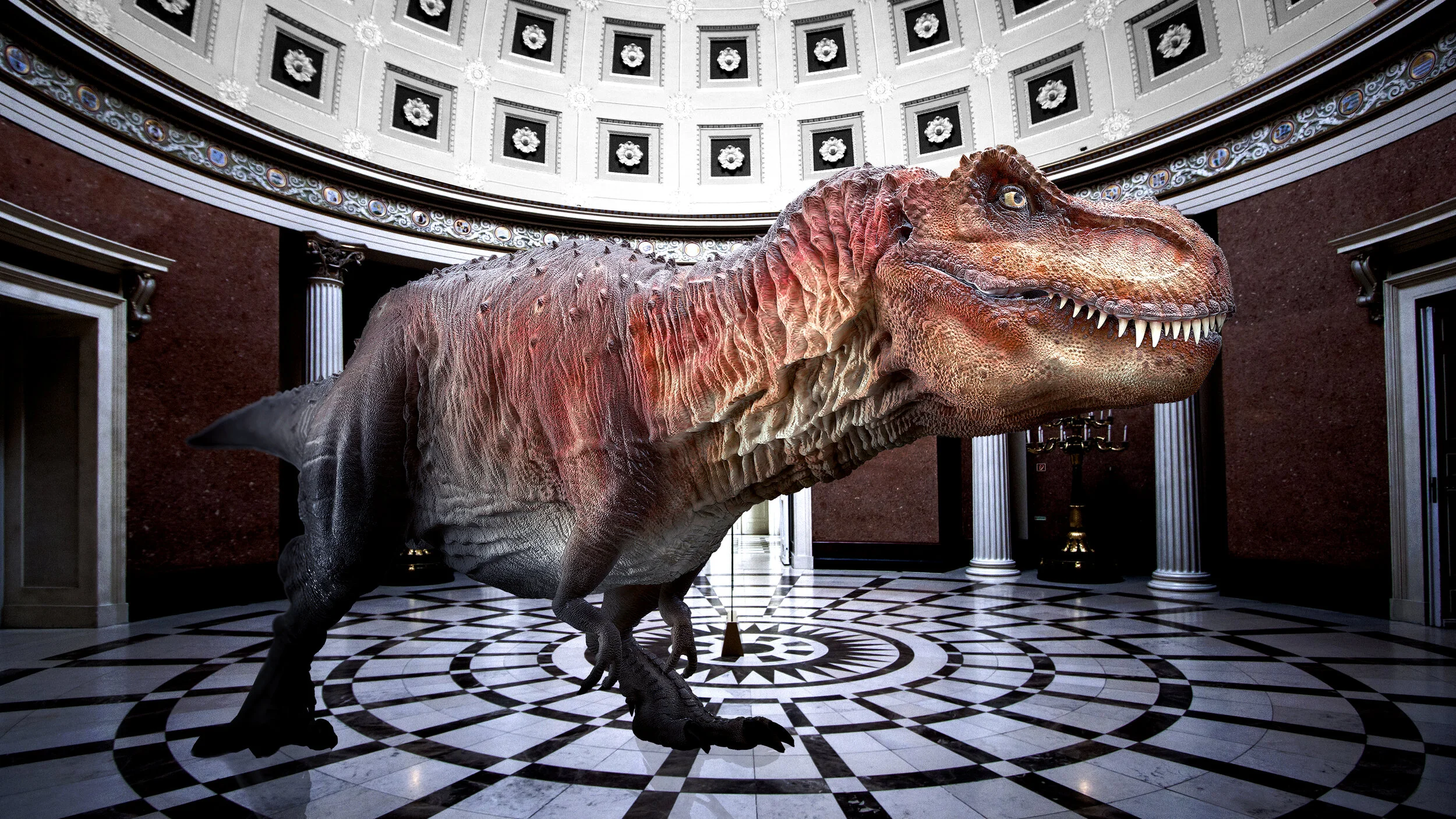3 Reasons why Museums Should NOT Hesitate to Implement Augmented Reality
One of the main challenges museums around the world are facing is maintaining – let alone increasing – attendance numbers and engagement. This, in part, is due to the fact that younger audiences are more and more difficult to attract and keep engaged, at least by “traditional” exhibits.
This is where educational entertainment comes into play. Instead of trying to draw a clear line between the education and the entertainment industry, let’s focus on “edutainment” – a popular term indicating significant overlaps and dependence between the two. Great storytelling is a key common factor, and one of the most important things museums should learn from the entertainment industry is striving to be among the first to adapt cutting-edge, immersive technologies such as Augmented Reality (in case you are not familiar with AR: if used in the right way, it enables next-generation edutainment through a sophisticated mixture of real-world elements and digital 3D content).
We often hear museum professionals say they do not believe in technology and do not get too excited by terms such as “augmented” and “virtual”. We appreciate this. Everyone has the right not to believe in technology, however, no one should ignore its power and the difference it’s been making in education and many other fields. It is smart, fast and it will not stop or wait for anyone.
AR is a relatively new technology, however, it has already begun revolutionising the way museums engage, educate [and entertain] their audiences. Some of the most forward-looking educational institutions have said “yes” to Augmented Reality for a number of reasons – here’s our top 3:
Resurrection & Immersion
AR has the ability to “resurrect” people, extinct species or any object in the form of photo-realistic 3D content, placing them right in front of viewers, allowing them to travel time and overcome any geographical or cultural distance.
Presence & Sharing
As opposed to Virtual Reality technology, AR does not disconnect visitors from the real world and the actual physical space (museum in this case), instead it enhances their real-world experience, in a way that it can easily be shared with others.
Customisation & Flexibility
AR can be adapted to any type and size of space, and the experience can be perfectly fitted to existing exhibits. It does not require any extensive hardware or complicated processes in terms of preparation, installation and operation.
We do understand the importance of good old traditions and concepts, as well as concerns regarding the surrender of culture to technology. That is exactly why we believe in AR, as it is not about changing, replacing or ceasing things, but about complementing them with extra layers of information so that the learning process becomes more complex, efficient and highly engaging.
It is critical that museums realise they are not sacrificing or compromising their ideals – besides some old school audio guides, of course.

